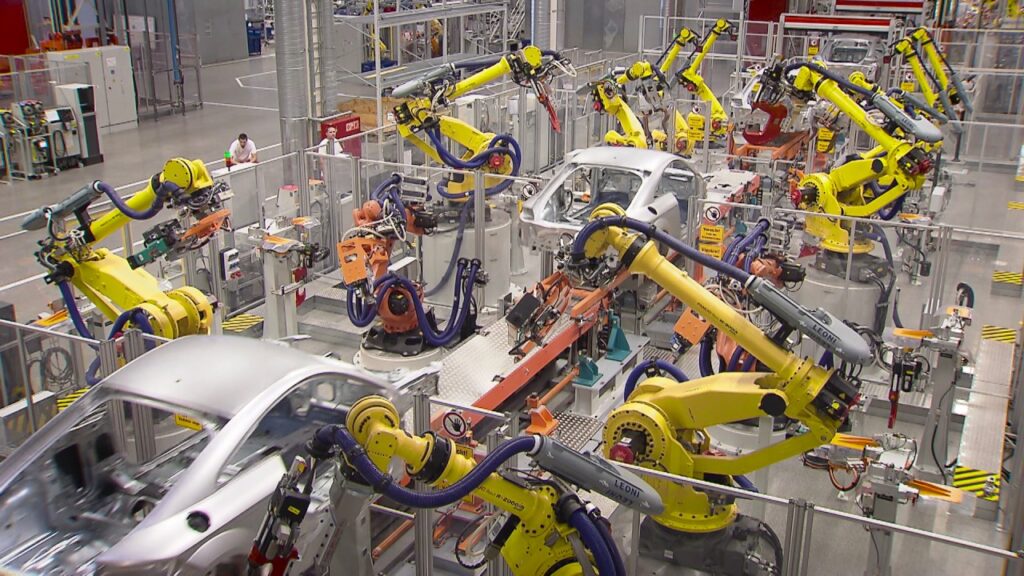Robotic Process Automation Helps Digitize Routine Errands to Give Significant Time Back to the Workforce
In today's fast-paced world, time has become one of the most valuable commodities. With countless tasks and responsibilities demanding our attention, finding ways to save time can make a significant difference in our daily lives. Enter Robotic Process Automation (RPA), a cutting-edge technology that streamlines and automates routine errands, freeing up precious time for the workforce to focus on tasks that add value to their work. Let's delve deeper into this game-changing innovation and explore how it can revolutionize the way we work.
Robotic Process Automation, often referred to as RPA, involves the use of software robots or intelligent bots to automate repetitive and rule-based tasks traditionally performed by humans. These tasks can range from data entry and processing to generating reports and even handling customer inquiries. By leveraging RPA, organizations can streamline their operations, reduce errors, and save valuable human resources for more strategic activities.
The concept of RPA may sound futuristic, but it has been in existence for quite some time. In fact, the roots of automation can be traced back to the earliest days of computing. However, recent advancements in artificial intelligence and machine learning have propelled RPA to new heights, enabling more complex and sophisticated automation processes.
But how does RPA actually work? Imagine a scenario where a customer places an order online. Traditionally, this order would require several steps for processing, including data entry, inventory check, payment processing, and order confirmation. With RPA, a software robot can seamlessly perform these tasks in a matter of seconds, eliminating the need for manual intervention. The robot can extract the necessary information from the customer's order, update the inventory system, process the payment, and even send an order confirmation email, all without human involvement. This not only minimizes errors but also drastically speeds up the entire process.
The benefits of RPA extend far beyond just time-saving. By automating routine tasks, organizations can achieve higher efficiency and productivity. Employees no longer have to spend their valuable time on mundane and repetitive activities but can instead focus on strategic initiatives that require human expertise, creativity, and problem-solving abilities. This shift in workload can lead to a more engaged and motivated workforce, driving innovation and improvement within the organization.
Moreover, RPA can also contribute to cost savings. By automating tasks that would otherwise require human resources, organizations can reduce labor costs and allocate their workforce to more value-added activities. The return on investment for implementing RPA can be substantial, as it not only saves time but also improves accuracy, reduces operational risks, and enhances customer satisfaction.
The versatility of RPA is truly remarkable. From industries like finance and healthcare to manufacturing and retail, organizations across various sectors have embraced this transformative technology. For example, in the finance industry, RPA can automate tedious tasks like account reconciliation, invoice processing, and regulatory reporting, enabling faster and more accurate financial operations. In healthcare, RPA can streamline patient registration, records management, and claims processing, improving the overall efficiency of the healthcare system. The possibilities are endless, and the potential for RPA to revolutionize different aspects of our lives is immense.
While the benefits of RPA are undeniable, it's important to note that its implementation requires careful planning and consideration. Organizations must thoroughly assess their existing processes, identify suitable tasks for automation, and define clear objectives for RPA implementation. Additionally, effective change management and communication are essential to ensure a smooth transition and to address any concerns or resistance from employees.
In conclusion, Robotic Process Automation is reshaping the way we work by digitizing routine errands and giving significant time back to the workforce. With RPA, organizations can automate repetitive tasks, increase efficiency, and empower their employees to focus on tasks that truly add value to their work. The potential of RPA to revolutionize industries and transform the way we operate is immense, and organizations that embrace this technology will undoubtedly gain a competitive edge in today's fast-paced world.
References:
- What is Robotic Process Automation?, [Online]. Available: [reference link].
Industrial Robot
"Unlocking Efficiency: Mastering Robotic Process Automation for Streamlined Operations"


